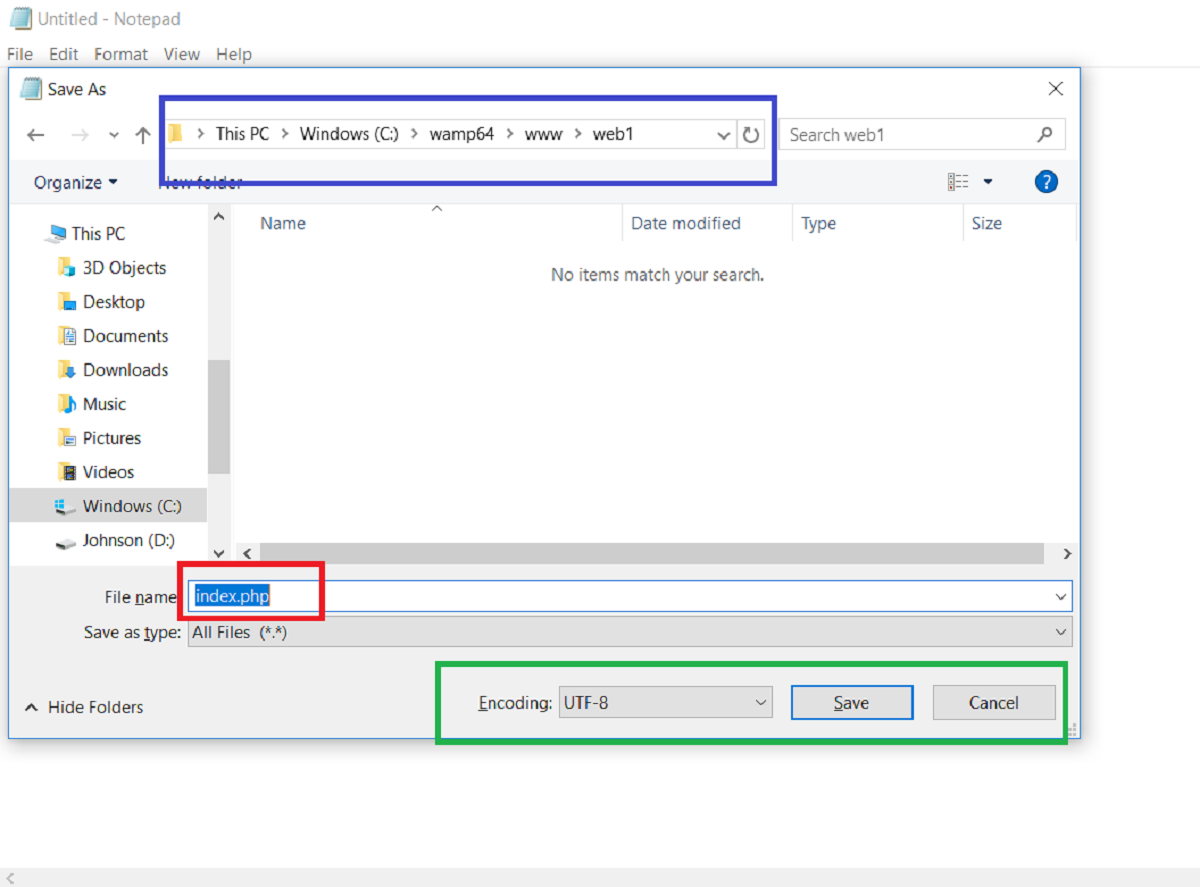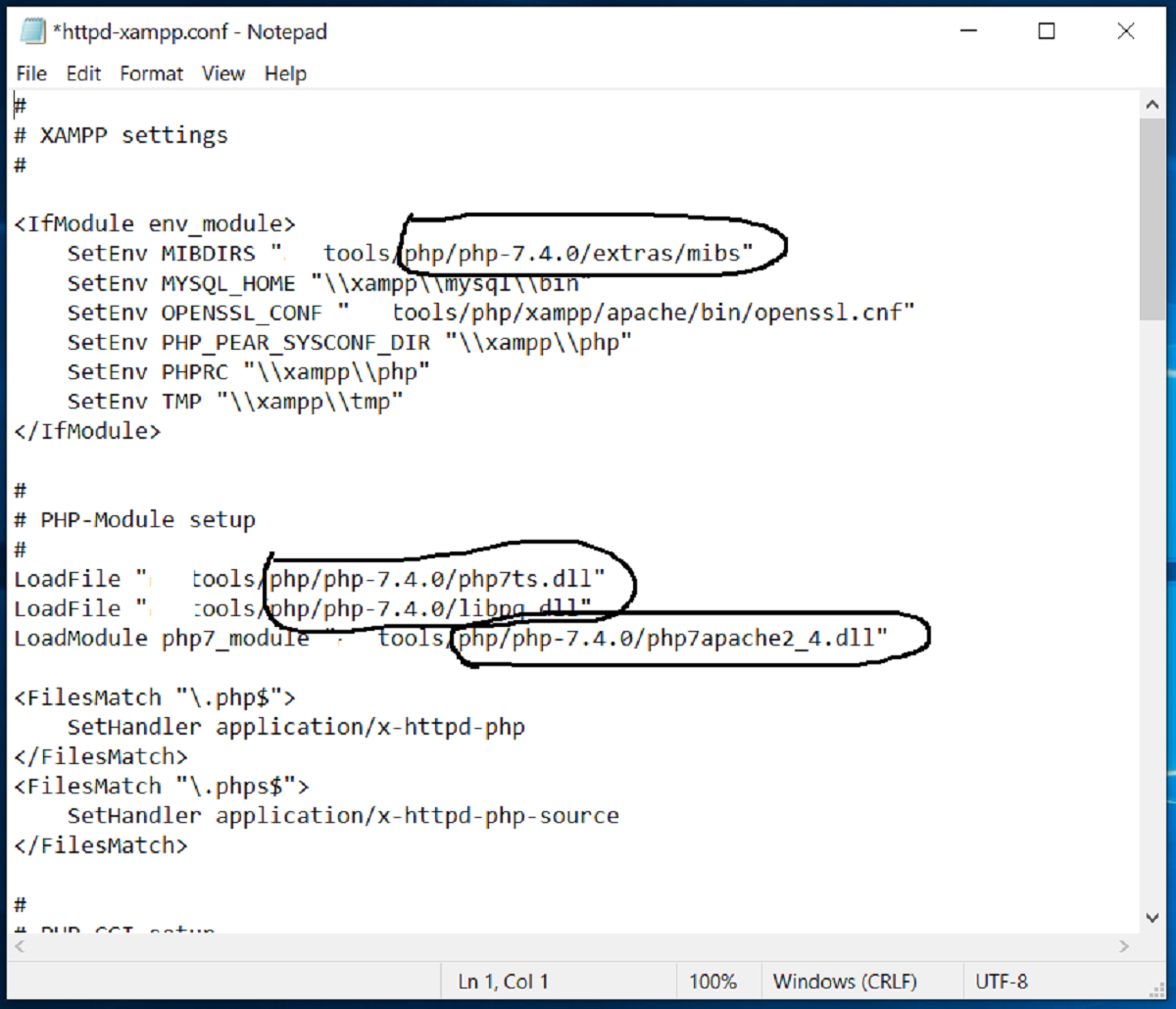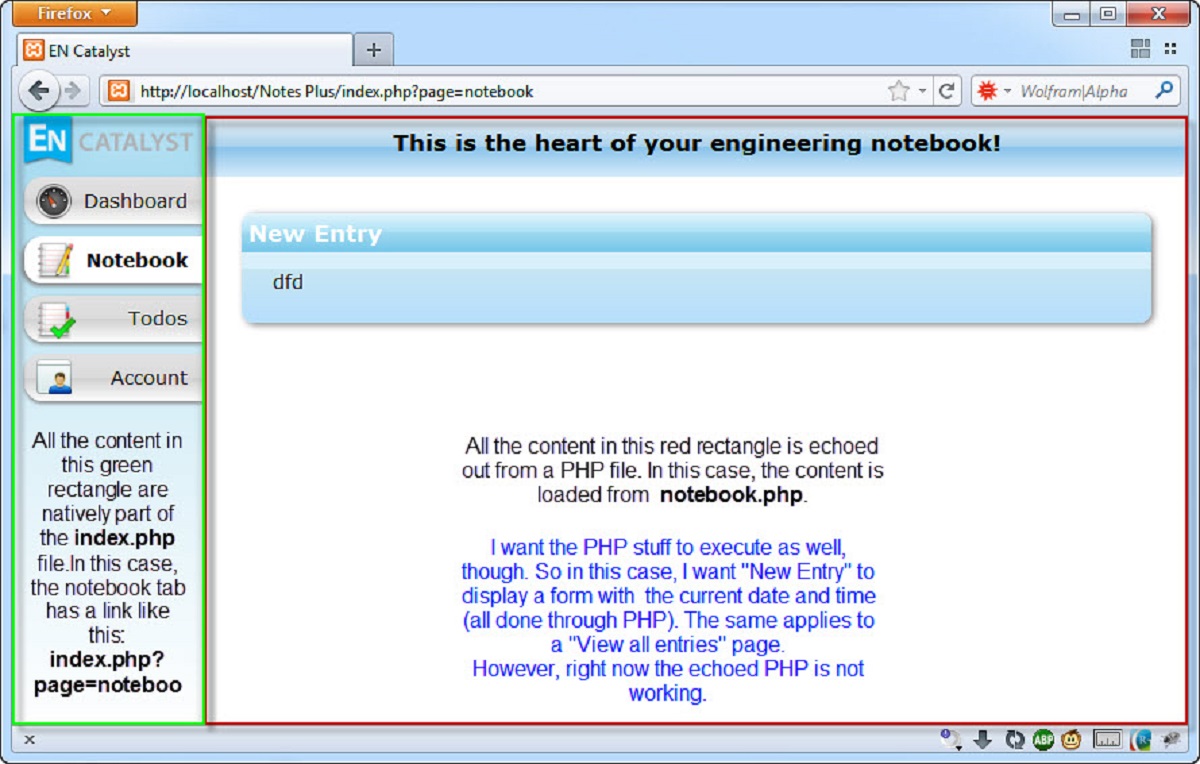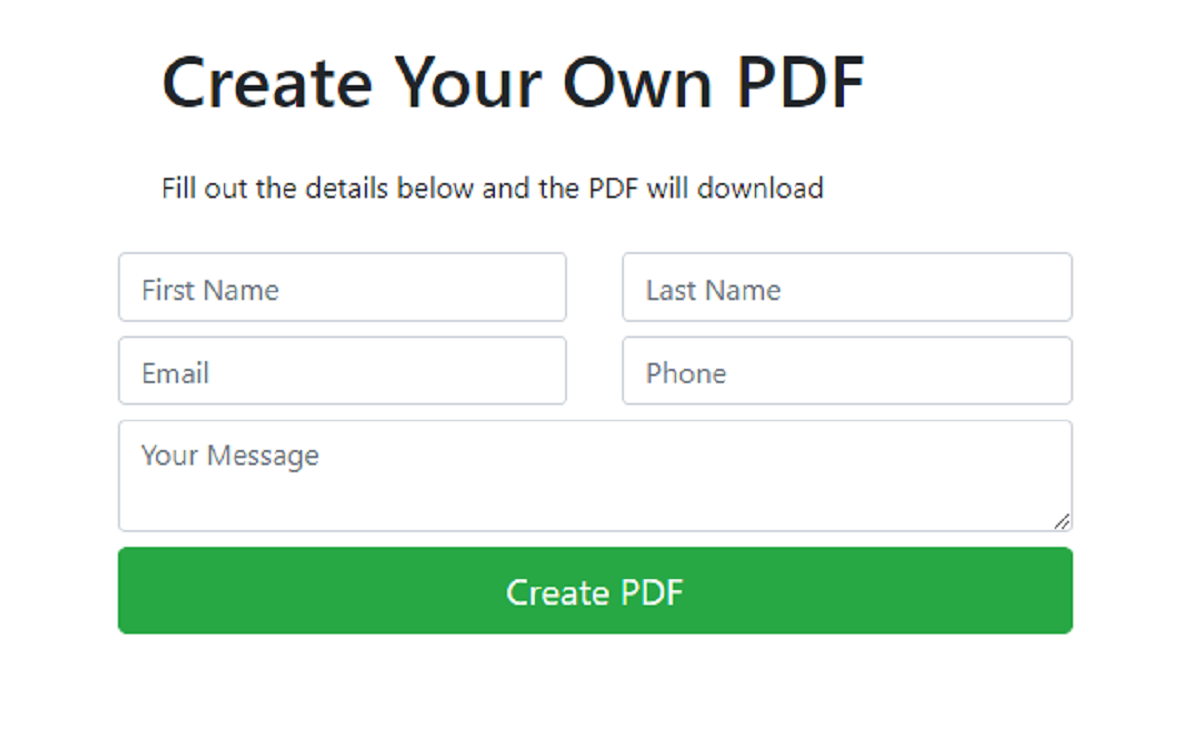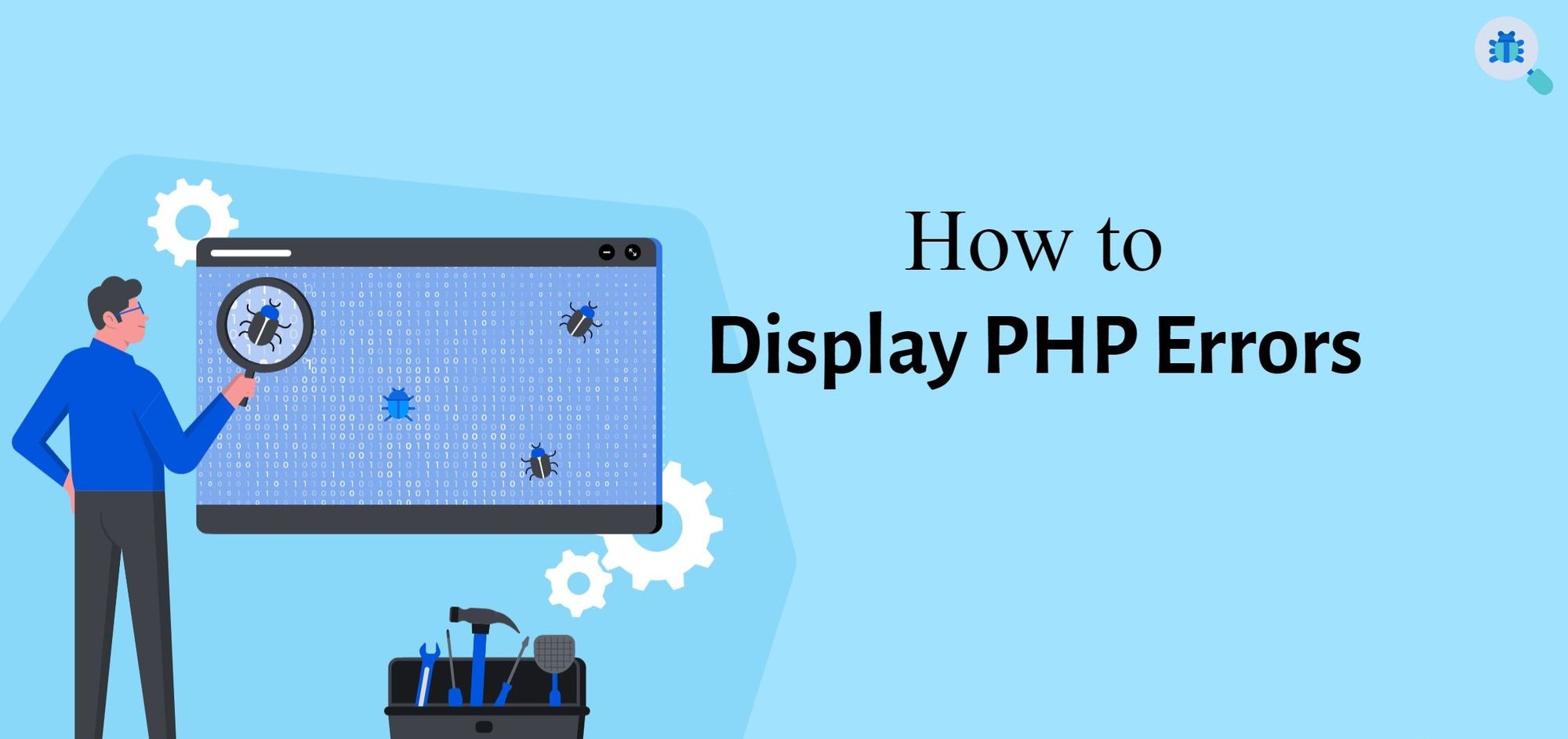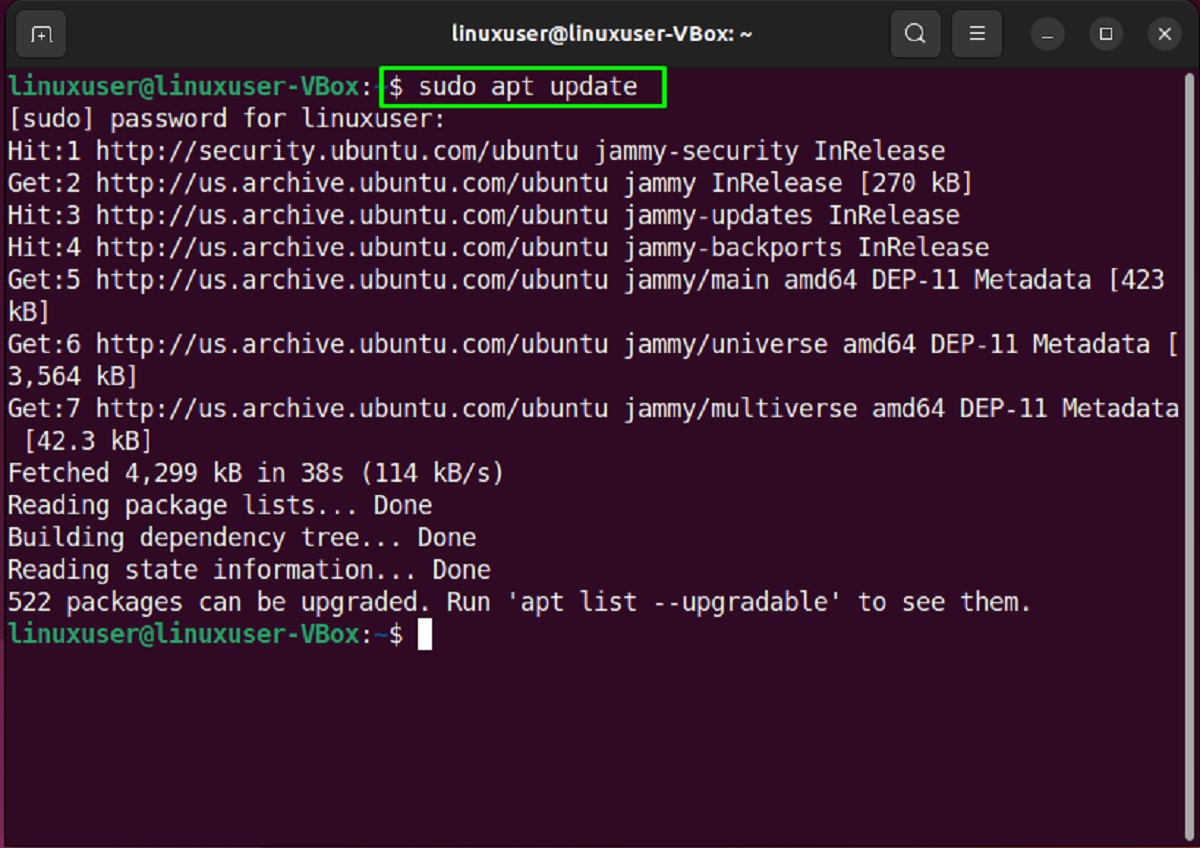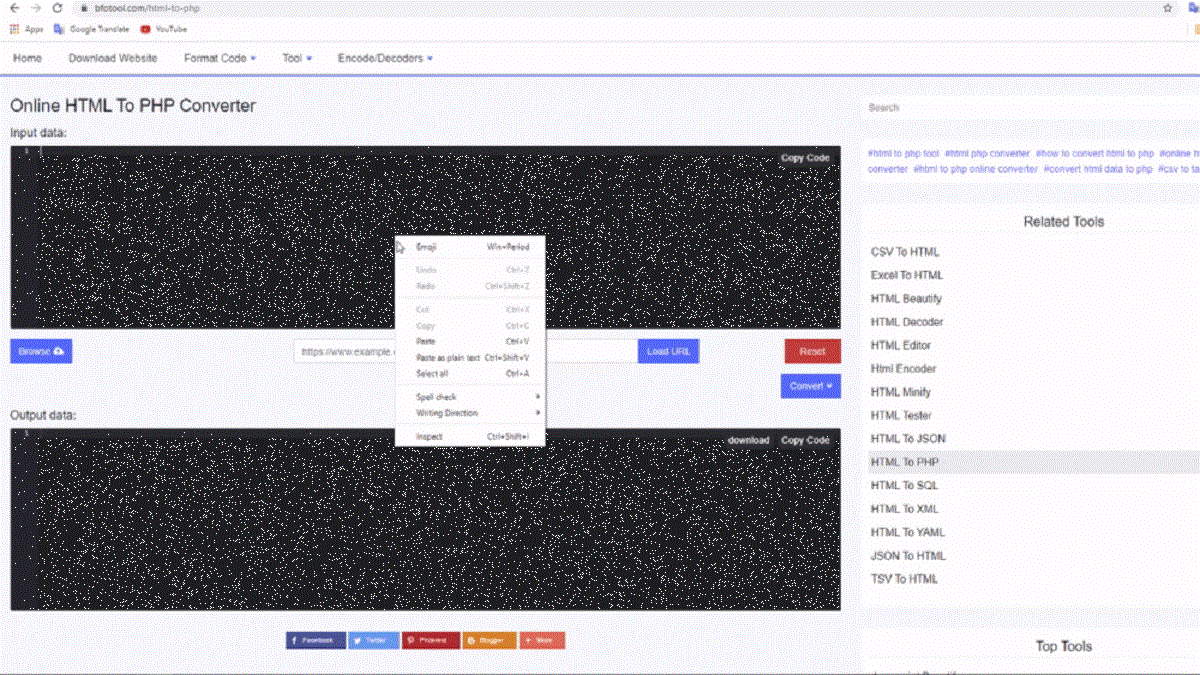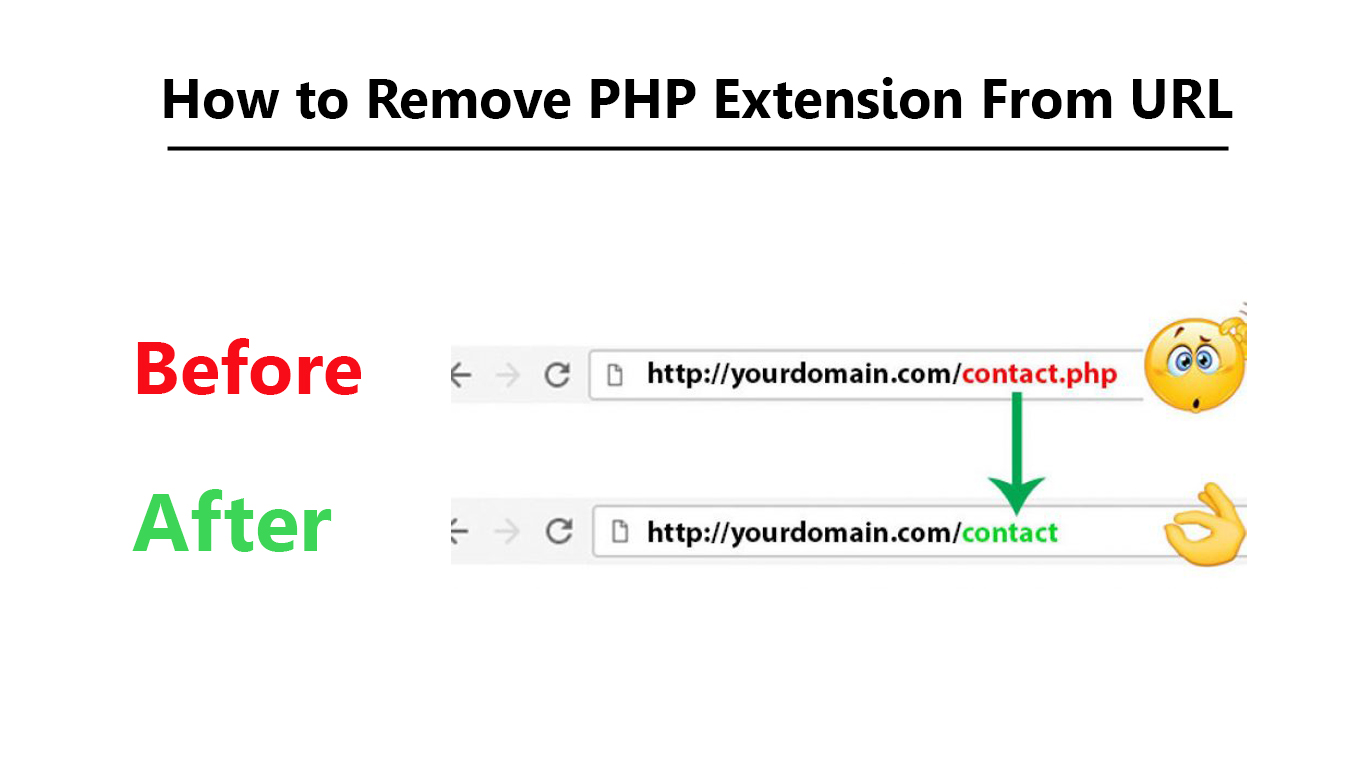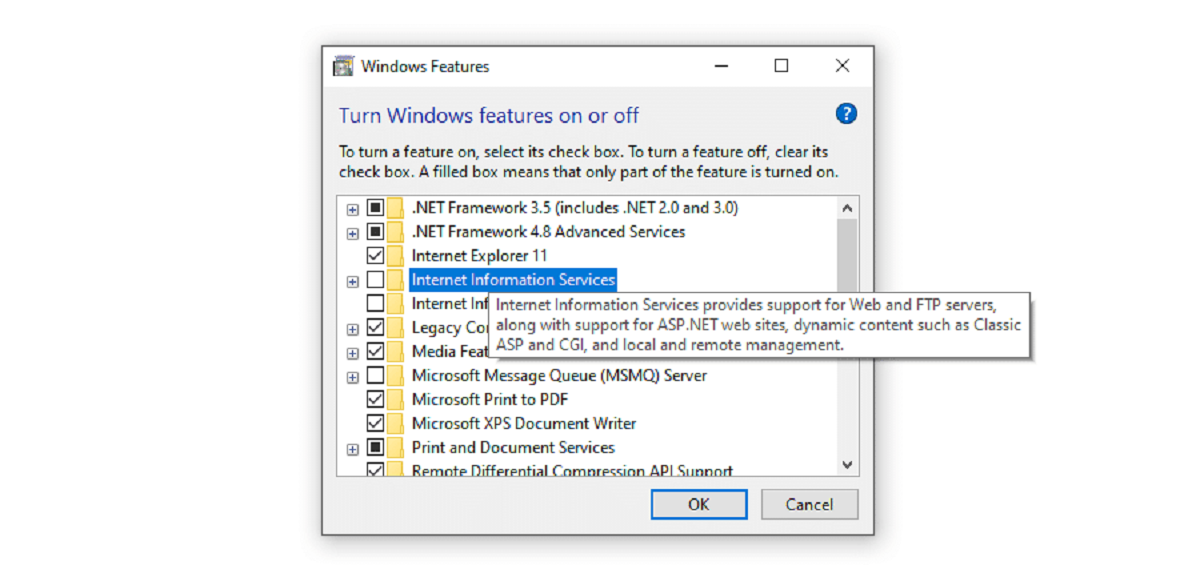Introduction
A PHP file is a text file that contains PHP code, which is used to generate dynamic web pages. When working with PHP, it is essential to know how to save PHP files properly to ensure that your code is stored correctly and can be executed successfully.
In this article, we will explore various methods to save PHP files based on the tools and environments you are using. Whether you prefer a simple text editor, an integrated development environment (IDE), a web development framework, or a command-line interface (CLI), we will cover all the necessary steps to save your PHP files effectively.
It is important to note that regardless of the method you choose, the file extension for PHP files should always be “.php”. This extension tells the server that the file contains PHP code that needs to be interpreted before generating the HTML response to send back to the client’s browser.
So, whether you are a beginner learning PHP or an experienced developer, let’s dive into the different methods of saving PHP files and explore some tips and best practices to ensure your PHP code is saved correctly and ready for execution.
Method 1: Save PHP File using a Text Editor
If you prefer a simple and lightweight approach, saving PHP files using a text editor is an excellent choice. Here are the steps to save a PHP file using a text editor:
- Open your preferred text editor, such as Notepad (for Windows) or TextEdit (for macOS).
- Write your PHP code in the text editor, making sure to include the necessary opening and closing PHP tags:
<?phpat the beginning and?>at the end. - Save the file with a .php extension. For example, you can name it
myfile.php. - Choose a suitable location to save the file on your computer.
- Make sure that the file is saved in plain text format, with no special formatting or extensions added by the text editor.
By following these steps, you have successfully saved the PHP file using a text editor. It is important to note that while a text editor is a simple and basic tool, it lacks advanced features such as code highlighting and debugging that are available in dedicated PHP IDEs or web development frameworks. However, if you prefer a minimalistic approach or are just starting with PHP development, saving files with a text editor is a great way to get started.
Next, let’s explore another method of saving PHP files using an Integrated Development Environment (IDE).
Method 2: Save PHP File using an Integrated Development Environment (IDE)
If you are a professional PHP developer or prefer a more feature-rich environment, using an Integrated Development Environment (IDE) is recommended. IDEs offer advanced functionalities such as code autocompletion, syntax highlighting, and debugging tools to streamline your PHP development process. Here is how you can save a PHP file using an IDE:
- Open your preferred IDE, such as PhpStorm, Visual Studio Code, or Eclipse.
- Create a new PHP file or open an existing one.
- Write your PHP code in the editor window, taking advantage of the IDE’s features for code formatting and organization.
- Save the file by clicking on the “Save” option in the File menu or using the keyboard shortcut specific to your IDE.
- Choose a suitable location to save the file on your computer.
- Ensure that the file has the .php extension.
By following these steps, you have successfully saved a PHP file using an IDE. IDEs provide a more comprehensive development environment, allowing you to write, manage, and test PHP code efficiently. Additionally, most IDEs support various web development frameworks and offer built-in tools for version control and deployment.
Next, let’s explore another method of saving PHP files, specifically when working with web development frameworks.
Method 3: Saving PHP File from a Web Development Framework
If you are working with a web development framework like Laravel, CodeIgniter, or Symfony, the process of saving PHP files may differ slightly. These frameworks have their own directory structures and conventions for organizing PHP files. Here is a general guideline for saving PHP files from a web development framework:
- Open the project directory in your preferred code editor or IDE.
- Navigate to the appropriate directory where you want to save the PHP file based on the framework’s structure.
- Create a new file or open an existing one within the chosen directory.
- Write your PHP code according to the conventions and patterns established by the framework.
- Save the file, following the same steps mentioned in Method 2 or utilizing any save options specific to the code editor or IDE you are using.
- Ensure that the file has the .php extension and is saved in the correct directory within the framework’s structure.
Each web development framework has its own rules and conventions for saving PHP files. It is essential to refer to the framework’s documentation or guidelines to understand how to save files correctly within the project structure. Following these guidelines will help maintain consistency and organization within the framework.
Next, let’s explore another method of saving PHP files using a Command Line Interface (CLI).
Method 4: Saving PHP File with Command Line Interface (CLI)
If you prefer working with the command line interface (CLI) or need to automate certain tasks, you can save PHP files directly from the command line. This method is particularly useful for advanced users or when working with build scripts and automation tools. Here’s how you can save a PHP file using the command line interface:
- Open the command prompt or terminal on your computer.
- Navigate to the directory where you want to save the PHP file.
- Create a new file using the command specific to the operating system:
- Windows: Use the command
echo [PHP code] > filename.phpto create and save the PHP file. - Linux/macOS: Use the command
echo [PHP code] > filename.phpto create and save the PHP file. - Replace
[PHP code]with the actual PHP code you want to save in the file. - Verify that the file has been created and saved with the .php extension in the specified directory.
Using the command line interface to save PHP files provides a quick and efficient way to generate files without the need for a text editor or IDE. It is especially beneficial when working with scripting tasks or automation processes.
Now that we have explored different methods of saving PHP files, let’s discuss some tips and best practices that can help optimize your PHP file saving process.
Tips and Best Practices for Saving PHP Files
When working with PHP files, it is essential to follow some tips and best practices to ensure efficient and consistent file management. Here are some key tips to consider when saving PHP files:
- Use meaningful and descriptive file names: Choose file names that accurately describe the purpose or functionality of the PHP code within the file. This helps with organization and makes it easier for other developers to understand and locate specific files.
- Include appropriate file extensions: PHP files should always end with the .php extension. This allows the web server to recognize the file as containing PHP code that needs to be parsed before being served to the client’s browser.
- Organize files within a logical directory structure: Create a well-structured directory hierarchy that groups related PHP files together. This helps maintain organization, improves code readability, and makes it easier to find and modify files when needed.
- Regularly back up your PHP files: Keep multiple copies of your PHP files in case of accidental deletion or corruption. Regular backups ensure that you can recover your code in the event of any unexpected issues.
- Adhere to coding standards: Follow coding conventions and standards established by PHP frameworks or communities. Consistent indentation, proper naming conventions, and code commenting make it easier for yourself and other developers to read and maintain your PHP files.
- Use version control: Utilize a version control system like Git to track changes made to your PHP files. This allows you to revert to previous versions if needed and collaborate with other developers in a team environment.
- Regularly test your PHP files: Verify that your PHP files work as expected by running them through a PHP interpreter or testing framework. Testing helps identify errors or bugs early on and ensures smooth functionality.
By following these tips and best practices, you can streamline your PHP file management process, enhance code organization, and improve collaboration with other developers.
With these methods and best practices in mind, you are equipped with the knowledge to effectively save PHP files using various tools and environments. Experiment with different methods to find what works best for your workflow and project requirements.
Remember to always maintain a backup of your PHP files, strive for clean and readable code, and stay up to date with coding standards and practices to ensure the efficiency and reliability of your PHP development process.
Conclusion
Saving PHP files correctly is crucial for successful web development projects. Whether you prefer a simple text editor, an integrated development environment (IDE), a web development framework, or the command line interface (CLI), there are various methods available to save PHP files based on your preferences and project requirements.
Using a text editor provides a lightweight and straightforward approach for saving PHP files. However, if you need more advanced features, an IDE is a great option, offering code autocompletion and debugging capabilities.
For those working with web development frameworks, it is essential to follow the conventions and guidelines set by the framework for organizing and saving PHP files within the project structure.
The CLI offers a command-based approach, which is particularly useful for scripting tasks and automation processes.
Regardless of the method you choose, make sure to use meaningful file names, include the proper file extensions, and organize your files within a logical directory structure. Regular backups, adherence to coding standards, and utilizing version control are also important best practices to follow.
By following these methods and best practices, you can ensure that your PHP files are efficiently saved, organized, and ready for execution.
Now that you have a clear understanding of the different methods for saving PHP files and the best practices to follow, you can leverage this knowledge to streamline your PHP development process and build robust web applications.







